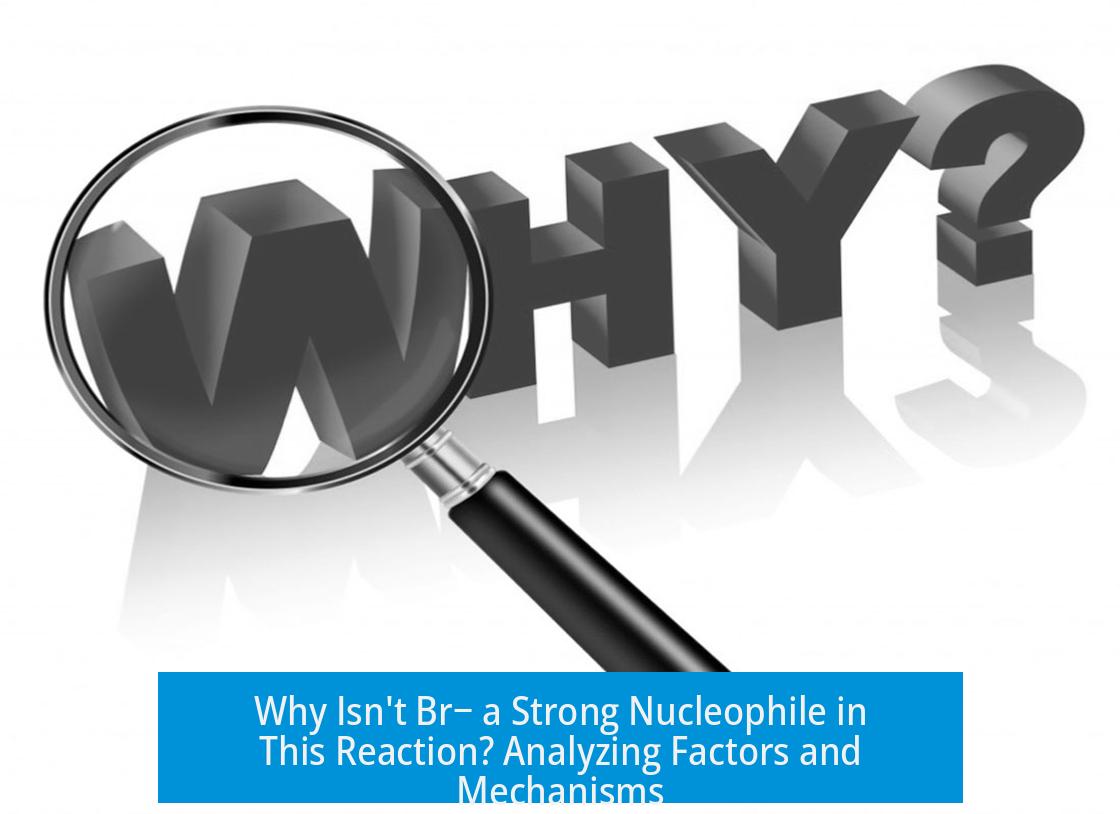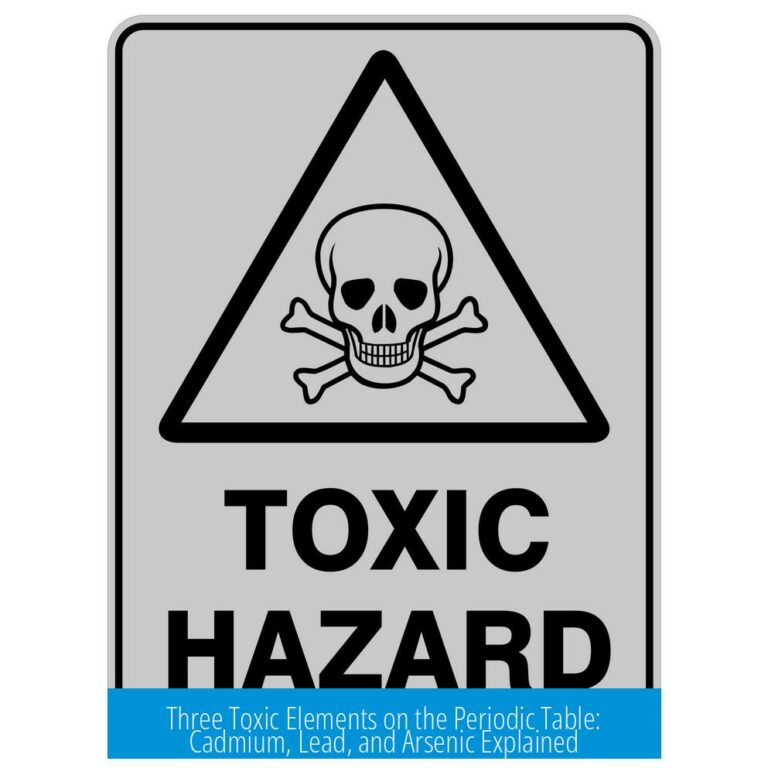Why Isn’t Br− the Better Nucleophile Here?

Br− is not the better nucleophile in this context despite its intrinsic strength because ethanol is present in large excess and reaction conditions favor ethanol attack on the intermediate. Several factors explain why Br− does not dominate nucleophilic substitution in this scenario despite its nucleophilicity.
Dual Role of Br−: Nucleophile and Leaving Group
Br− often acts as both a nucleophile and an excellent leaving group. In reactions involving bromine and alkenes, an initial dibromide can form when Br− attacks the bromonium ion intermediate. However, Br−’s ability to readily leave enables subsequent substitution, leading ultimately to the ethanol adduct as the final product.
Excess of Ethanol Favors Its Role as Nucleophile
The key factor is the high molar excess of ethanol solvent compared to available Br− ions. Statistically, ethanol molecules vastly outnumber bromide ions in solution. This increases ethanol’s probability of attacking the positively charged bromonium intermediate, outcompeting Br− despite its higher nucleophilicity in isolated conditions.
Influence of Reaction Conditions
In typical experiments, alkenes react with bromine dissolved in ethanol rather than bromine followed by ethanol addition. This set-up generates the cyclic bromonium ion intermediate in an ethanol-rich environment, favoring ethanol’s nucleophilic attack and diminishing Br− participation as nucleophile.
Bromide’s Role in Substitution Mechanisms
Bromide ions often transiently occupy substitution sites but tend to be replaced by stronger or more abundant nucleophiles such as ethanol. The good leaving group property of Br− facilitates these substitution steps, making it less likely to remain as the final nucleophile in the product.
Minor Formation of Dibromide Possible
Although ethanol is the major nucleophile under these conditions, a small amount of vicinal dibromide can form due to initial Br− attack. However, this pathway is less favored and constitutes a minor product fraction.
Impact of Context and Problem Framing
Some confusion about Br−’s role arises from imprecise problem statements. Test prep questions may not accurately depict reaction conditions, leading to misunderstandings about which nucleophile dominates.
Summary
- Br− acts as both nucleophile and excellent leaving group, favoring substitution and eventual displacement.
- Excess ethanol solvent statistically predominates as nucleophile over Br−.
- Reaction conditions involving bromine in ethanol promote ethanol attack on bromonium ion.
- Bromide’s leaving group ability leads to its replacement by ethanol in the product.
- Minor vicinal dibromide formation by Br− still occurs but is not favored.
- Problem set context can cause confusion about nucleophile identity.
Why does Br- act as both a nucleophile and a leaving group in this reaction?
Br- can add to the intermediate but also leave easily. This means it first forms some dibromide but eventually steps aside, allowing the ethanol adduct to form.
Why does ethanol outcompete Br- as the nucleophile despite Br- being better?
There are many more ethanol molecules present than Br-. This statistical excess means ethanol attacks the intermediate more often than Br-.
How do reaction conditions influence whether Br- or ethanol attacks?
When bromine is added in ethanol, the cyclic bromonium ion forms. Ethanol attacks this intermediate before Br- can, favoring ethanol as the nucleophile.
Does the reaction produce any product from Br- nucleophilic attack?
Yes, a small amount of vicinal dibromide forms from Br- attacking. But it remains a minor product compared to the ethanol adduct.
Can confusing problem statements affect understanding of Br- nucleophilicity?
Poorly worded questions may mislead about Br- role. Clear reaction conditions show Br- is often replaced by ethanol, not the better ultimate nucleophile here.





Leave a Comment